Software Engineering: User Stories to Use Case Scenarios Review
VerifiedAdded on 2023/03/31
|12
|669
|260
Literature Review
AI Summary
This paper reviews a software engineering methodology focused on transitioning from user stories to use case scenarios using a generative approach. The study evaluates the use of user stories to create case studies for a generative process, specifically proposing a generative approach for developing robustness diagrams. It highlights the increasing use of NLP techniques in software engineering and reviews previous work related to requirement engineering methodologies, including business process framework generation and comparative models for user stories. The review identifies user stories as an effective technique for software development but notes potential issues with incorrect documentation. The author designed and implemented a robustness diagram to better understand user stories, discussing the key aspects of robustness and user stories and determining the relationships between produced entities. The conclusion emphasizes the role of the developed robustness diagram in improving software development performance.
1 out of 12
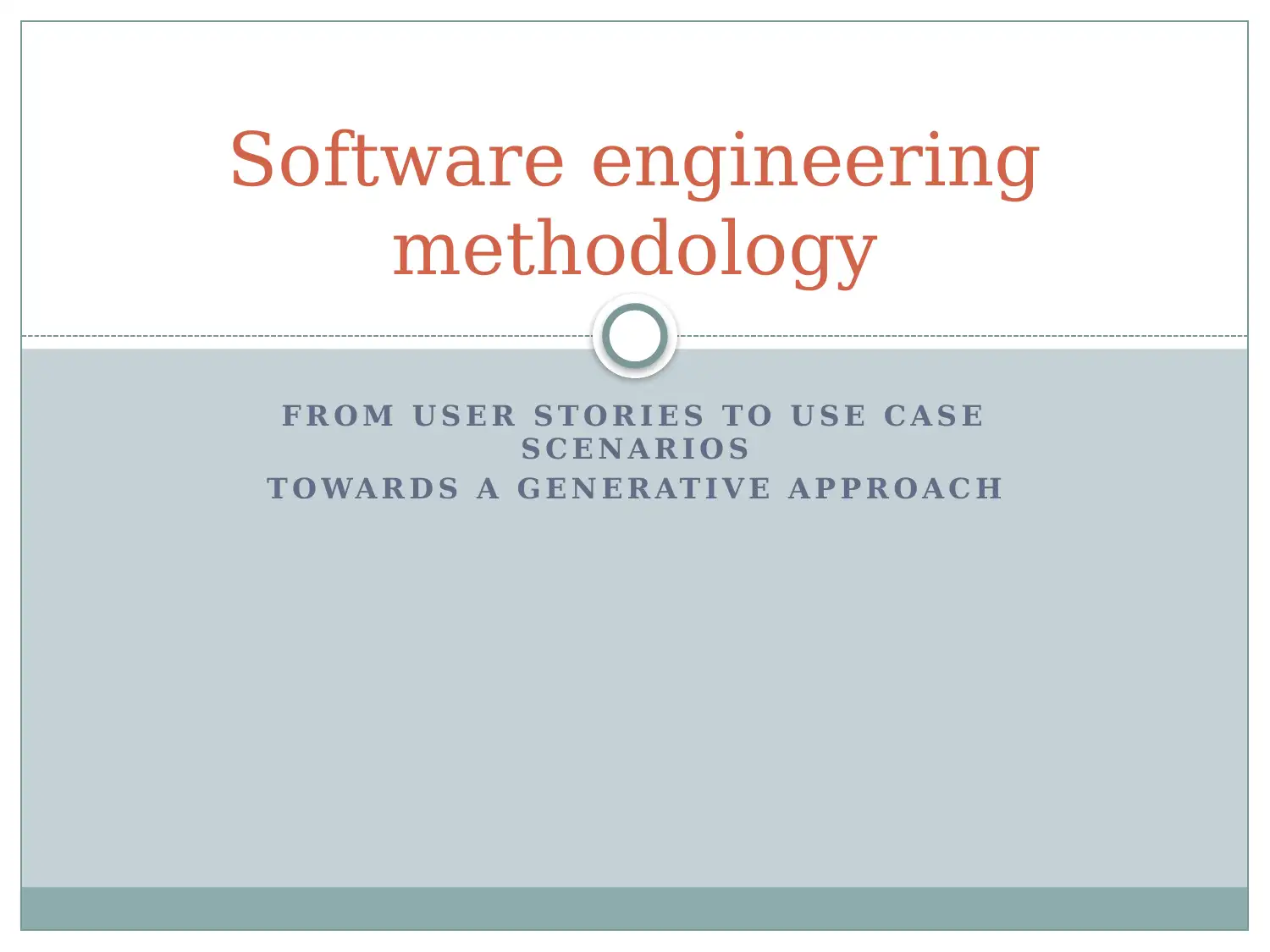
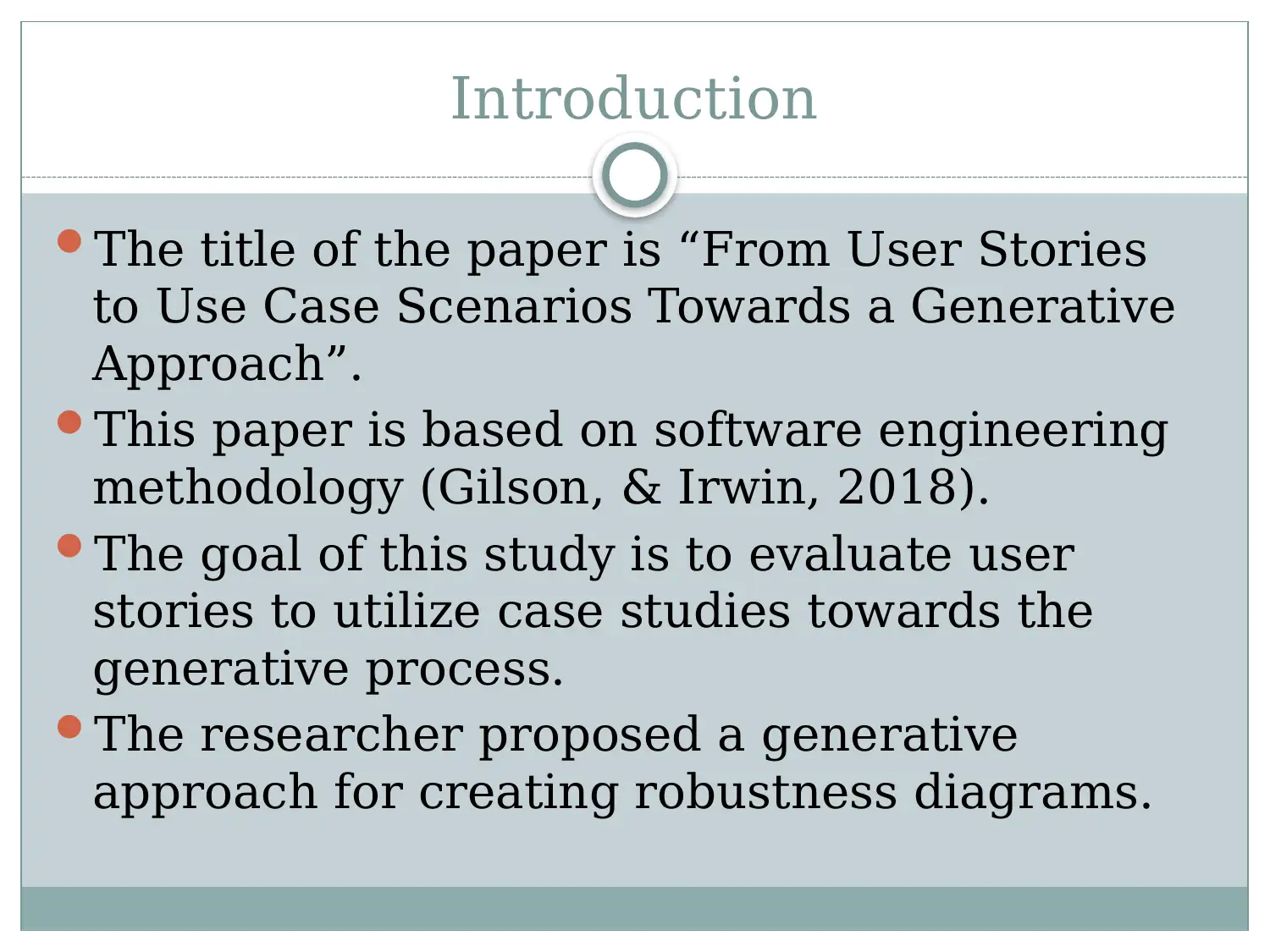
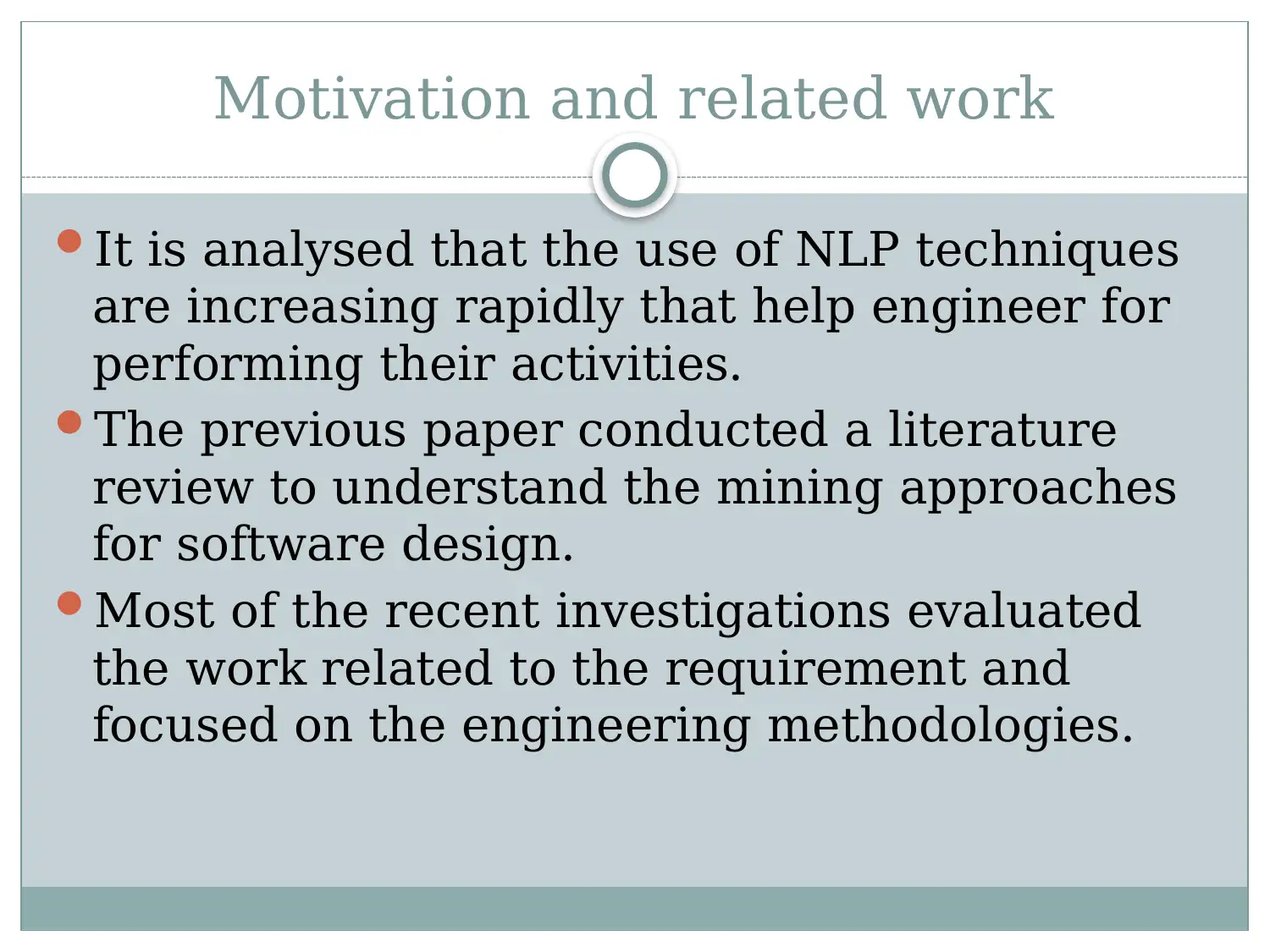

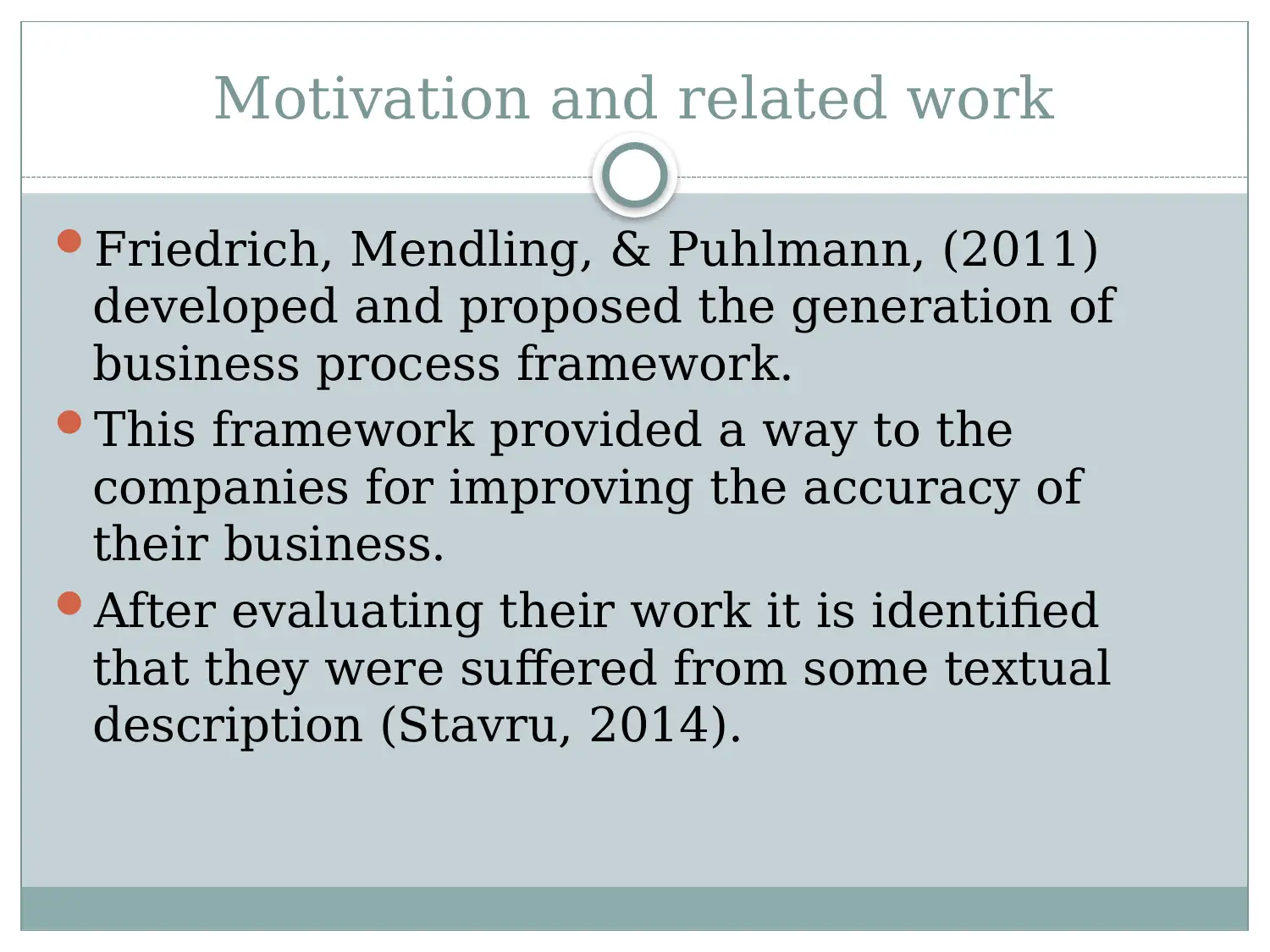
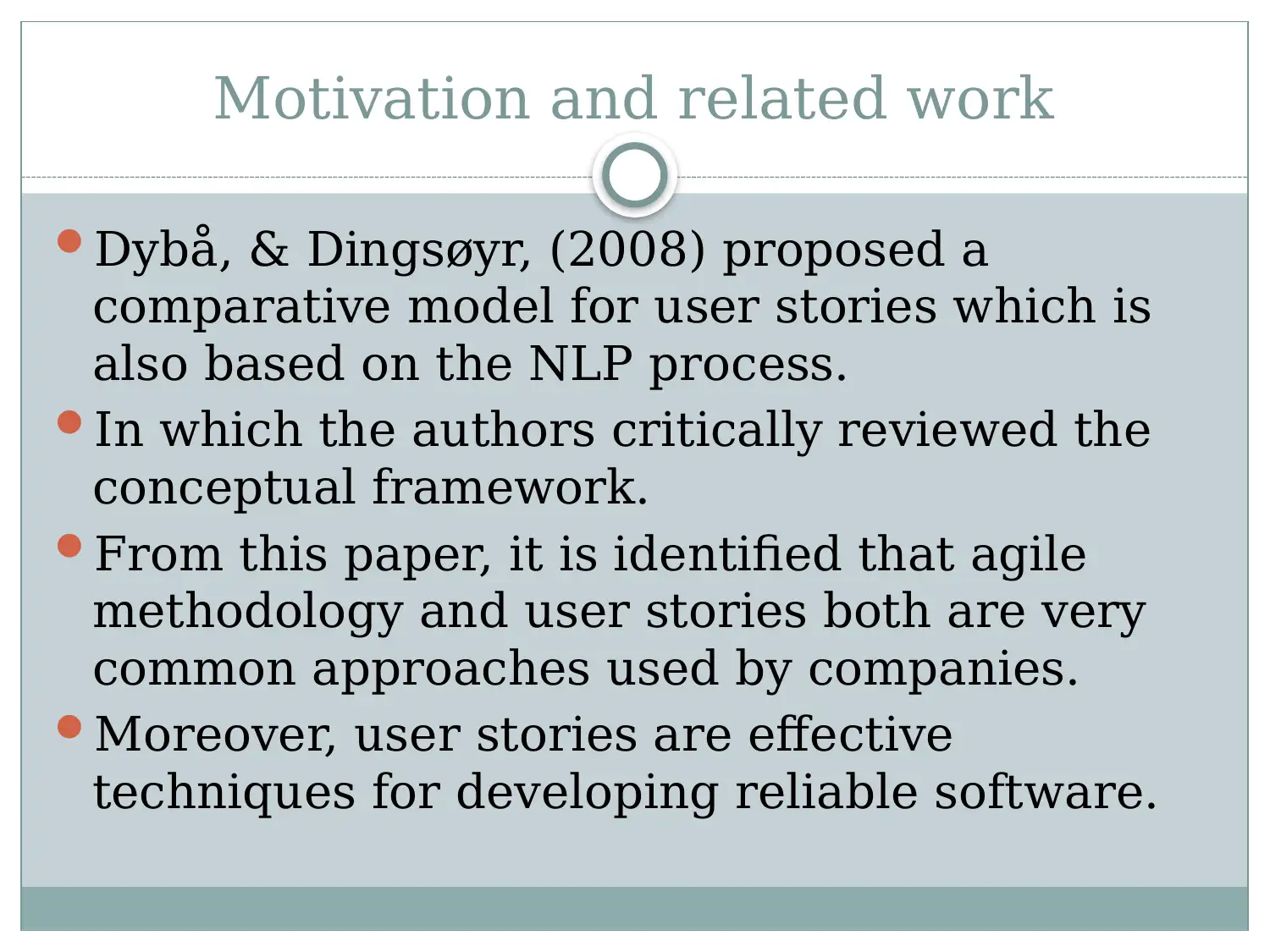
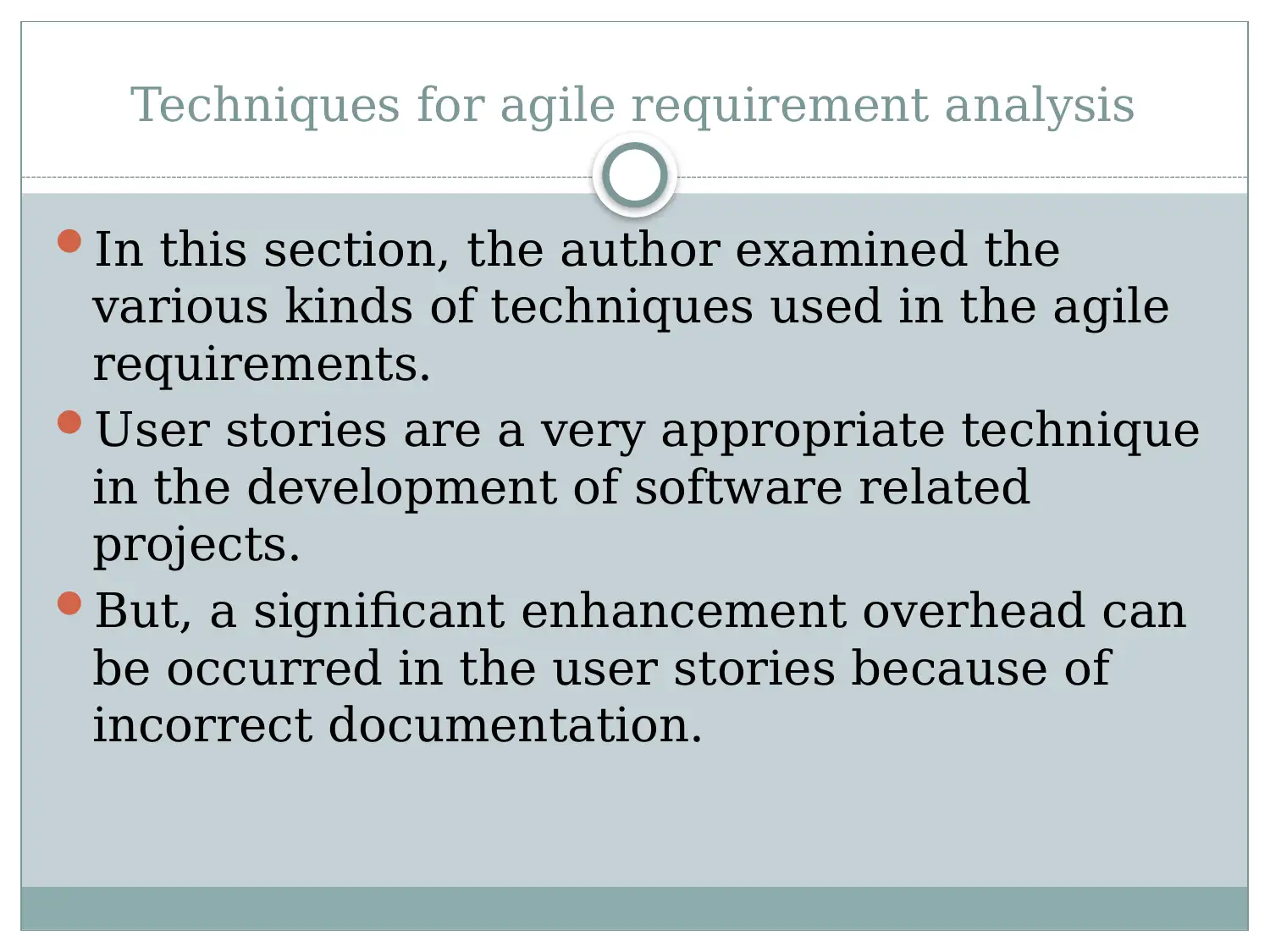
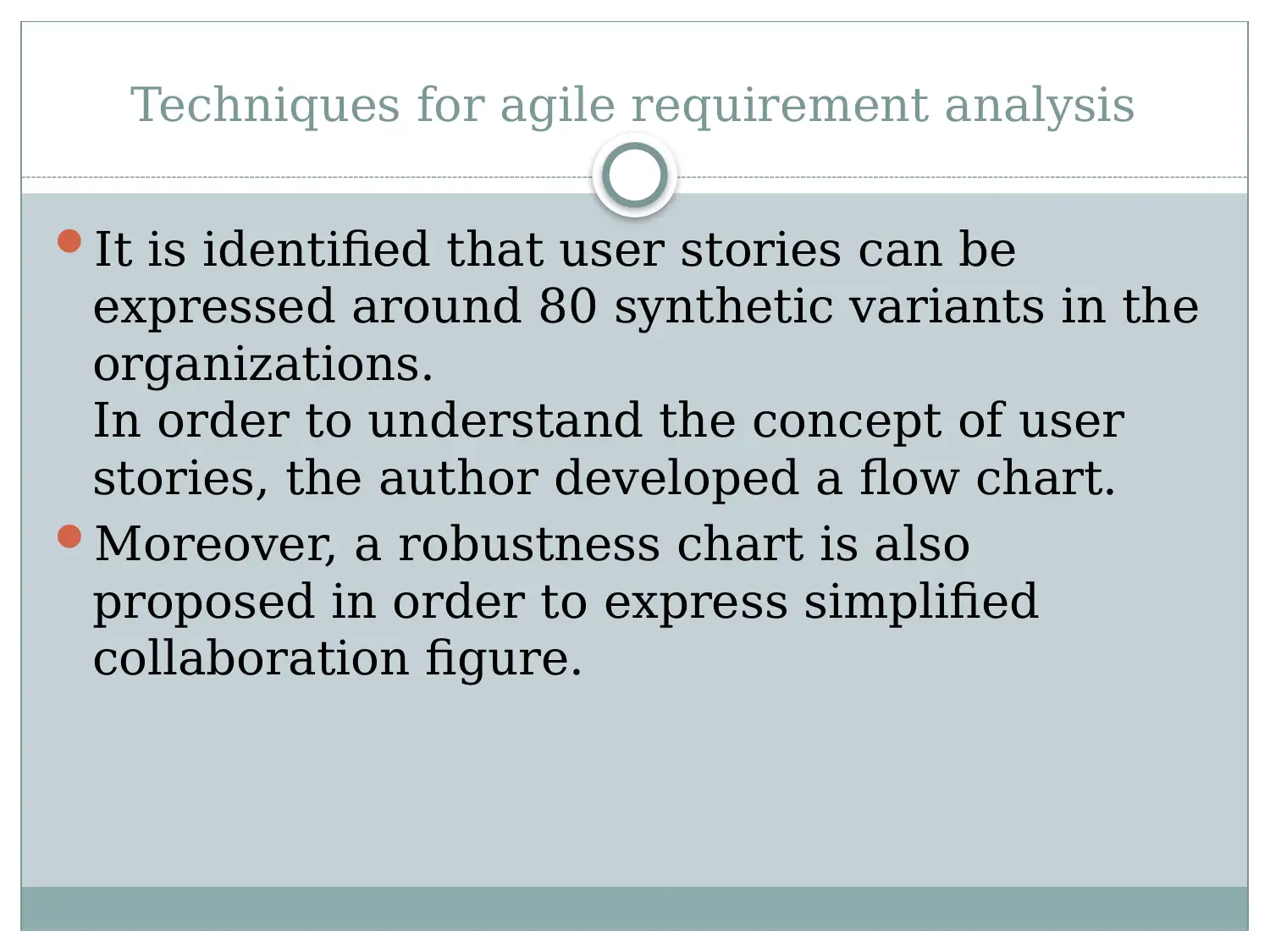
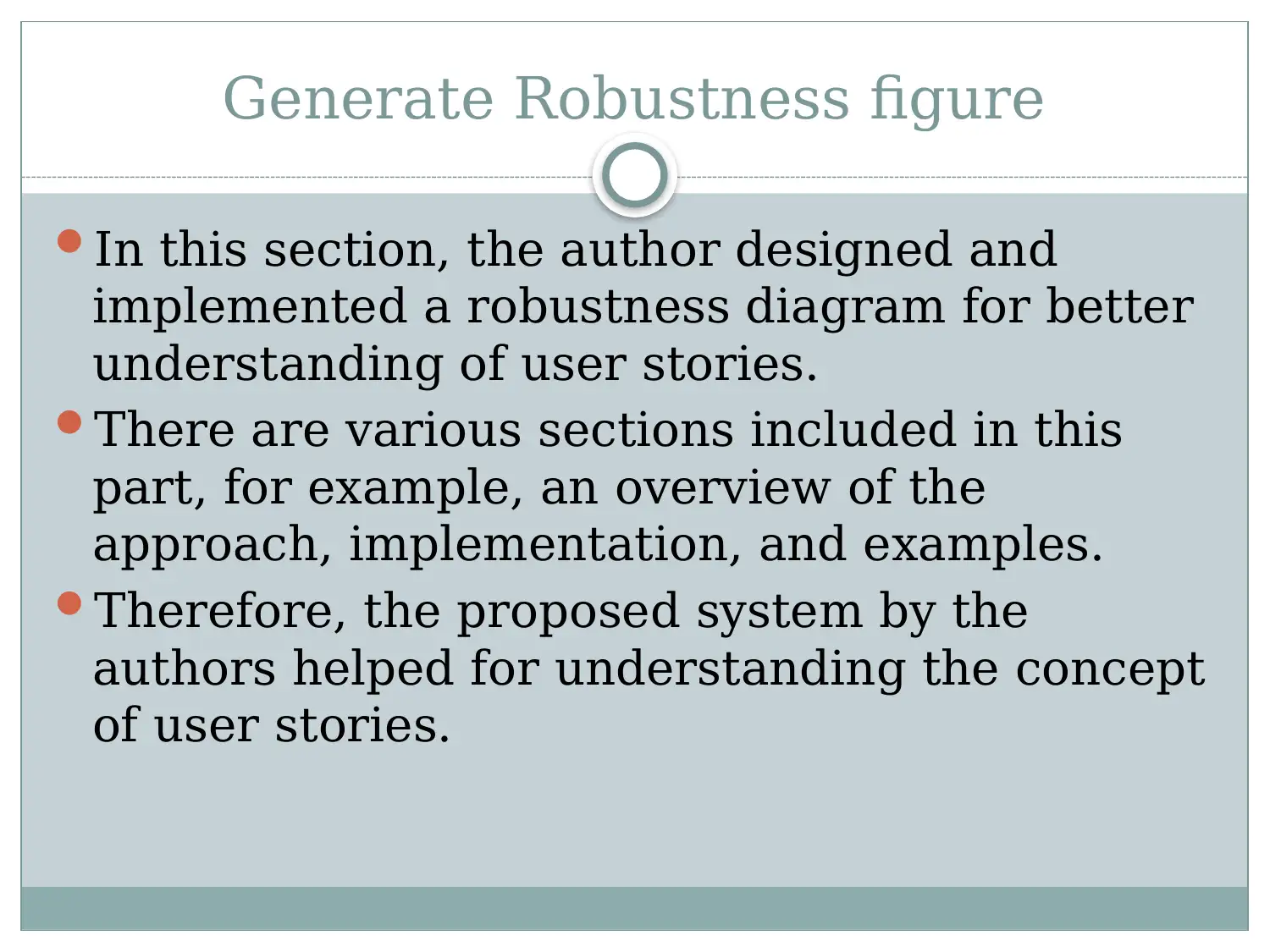
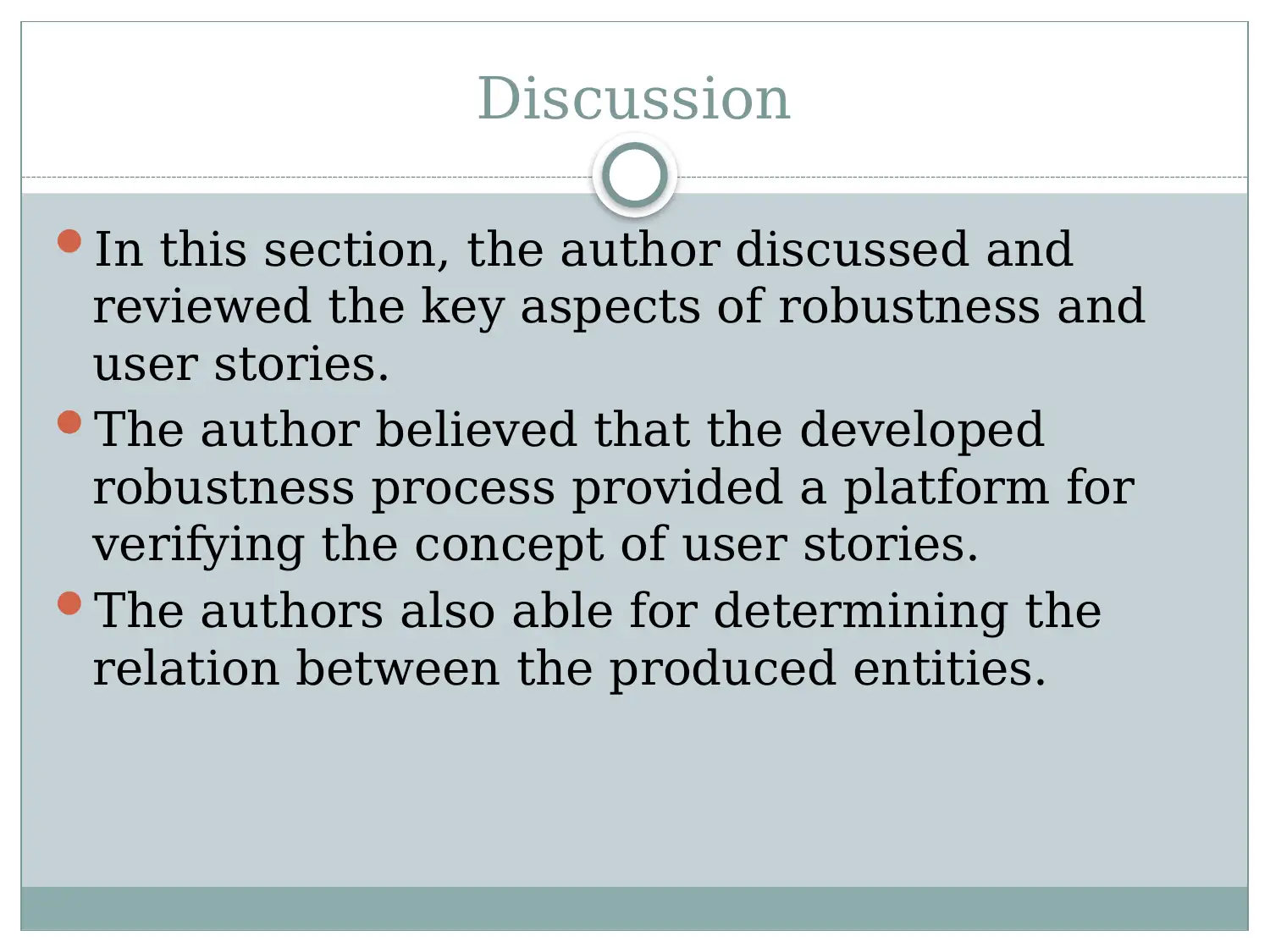
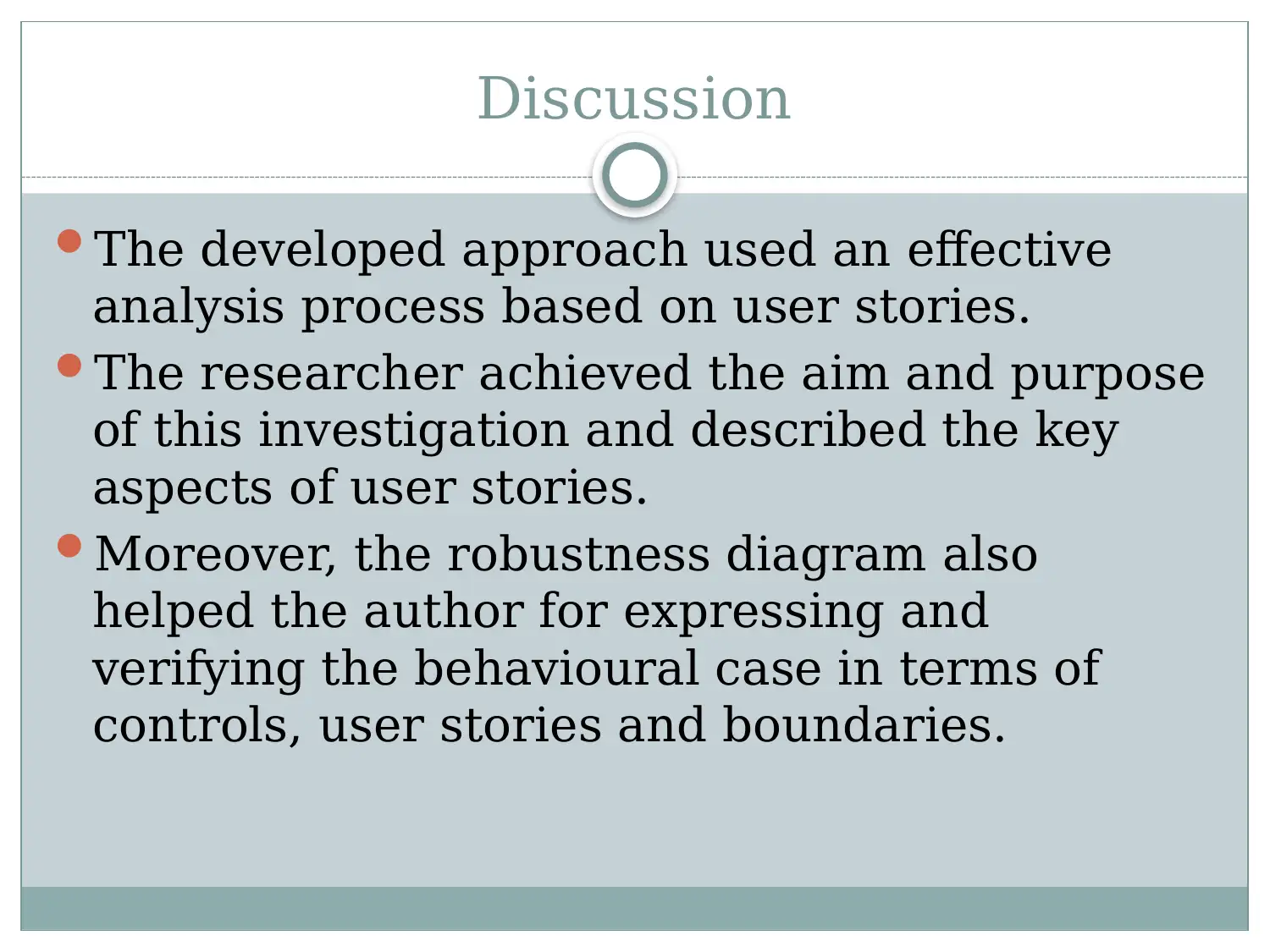
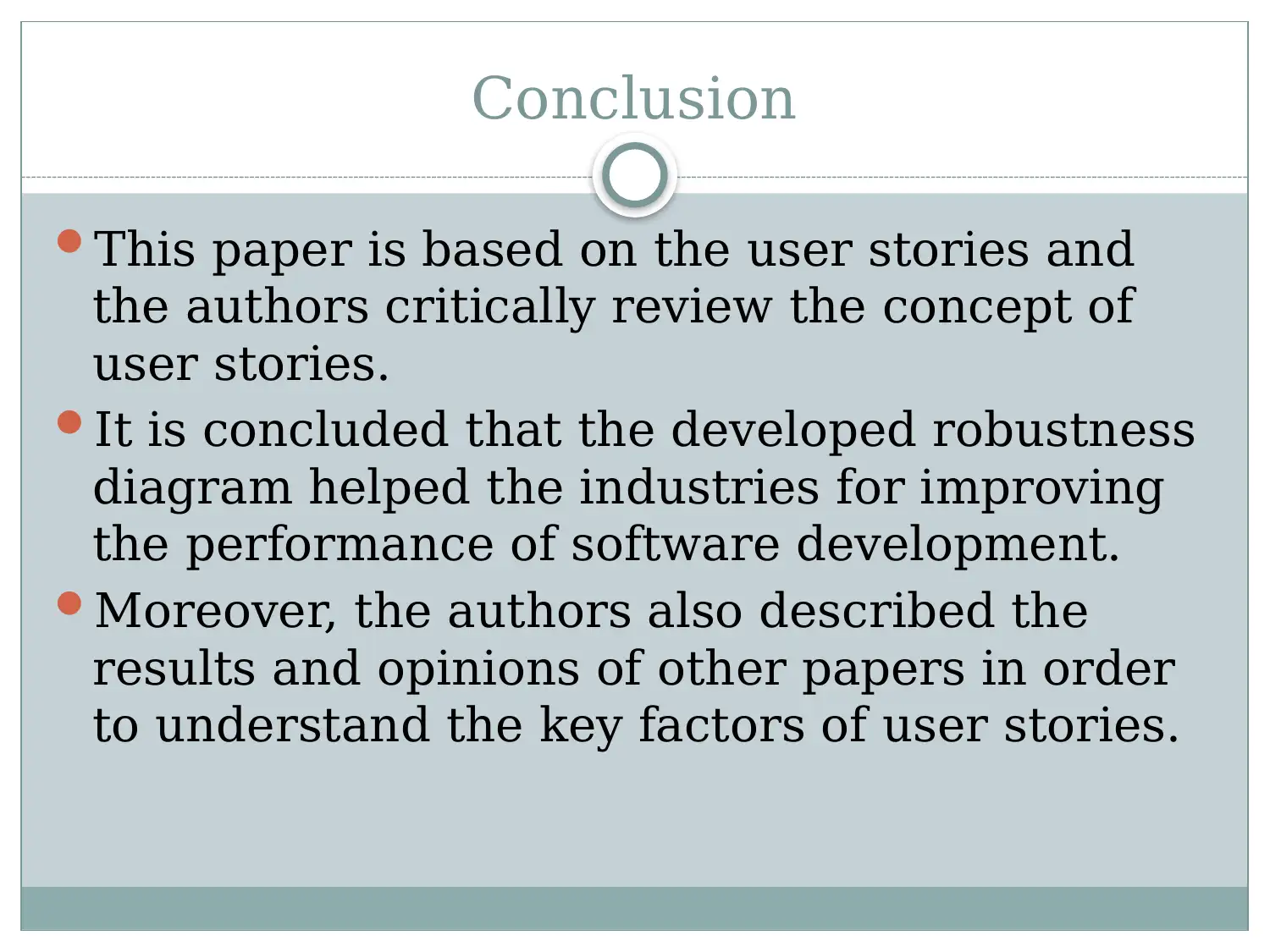
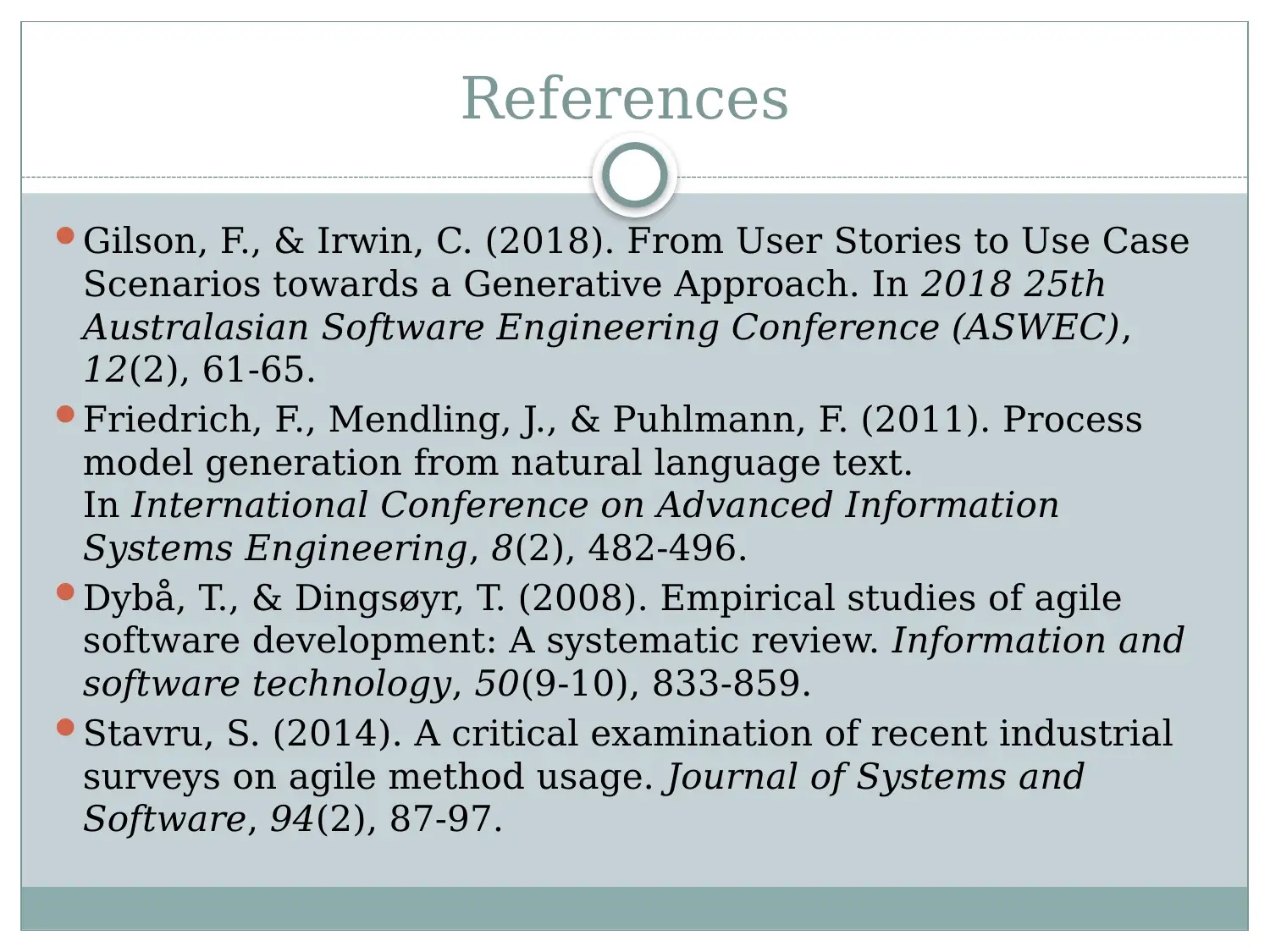






![[object Object]](/_next/static/media/star-bottom.7253800d.svg)